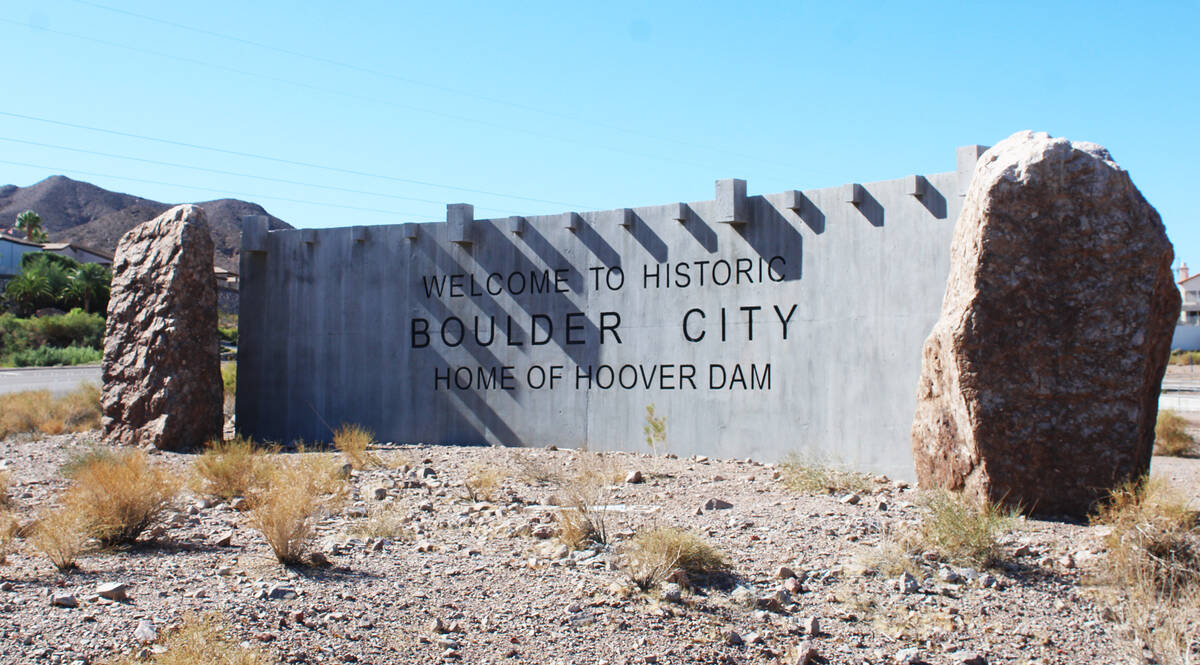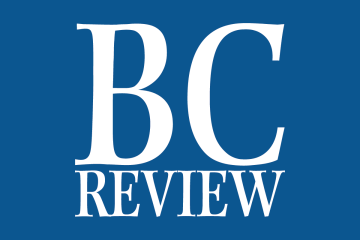Decrease in tourists could affect budget
Eagle-eyed followers of city government may have noticed multiple references by city officials over the past year to expect shortfalls in the Boulder City budget over the next few years. It is a fact of life for city staff, and the big decrease in tourism to the region is poised to make the situation even more dire.
Back when the current fiscal year budget was approved in June, the city released a statement touting efforts by department heads to trim expenses without impacting resident services as the top-line number for the general fund dropped by about 6% relative to the 2025 budget. Fiscal years for budget purposes run from July to June. So, even though the calendar says 2025, the city has been operating on the 2026 budget since July 1.
Most residents are unclear on where the money to run the city — about 80% of which goes to salaries and benefits for personnel — comes from with many assuming it is property taxes. In city budget documents, that is listed under the heading of “ad valorum” and it is a drop in the bucket when looking at the total budget.
In a general fund budget for 2026 of more than $46 million, just $2.6 million comes from property taxes. Boulder City continues to have the lowest property tax rate of any municipality in Nevada.
The real money comes from two sources. The first, which city budget documents refer to as “intergovernmental transfers,” is the city’s share of what is known as the consolidated tax or “C Tax.” This consists primarily of sales taxes including alcohol and tobacco levies, which are heavily reliant on tourism. The second is listed as “rents and royalties” and it primarily consists of money the city takes in from the leases for solar power development in the Eldorado Valley.
For fiscal year 2026, rents and royalties account for 34% of the total budget while the C-Tax accounts for just shy of that number. Property taxes account for about 4% while the two big revenue sources make up nearly 70%.
In a bit of irony for a little town whose elected leaders consistently talk about not wanting anything to do with “over the hill,” when it comes to the city budget, what happens in Vegas doesn’t stay there. It significantly affects the fortunes of Boulder City.
Tourism drops
While no one among the power set wants to say so out loud, the numbers don’t look great. A recent study by the UNLV Center for Business and Economic Research shows that Las Vegas hosted 3.1 million visitors in July, a 12% drop from July of 2024.
In a phone interview last week, Boulder City Manager Ned Thomas characterized the city as being in a “wait-and-see mode” on the C Tax and how it would affect revenue.
“We read the same things about tourism being down in Las Vegas,” he said. “But it’s a little too early and there’s always a lag in the C Tax of about two months. We’re still waiting on the C Tax from the end of July and it’ll be really interesting to see what happens through the fall as the hot weather moderates and then maybe people come back.”
The state pays out shares of the C Tax to local jurisdictions on a monthly basis, but there is about a 60-day lag between collection and payout.
“But then, of course we’re also at the mercy of the larger national economy and what’s going on there with tourism and people coming to the United States,” Thomas continued. “So, yeah, we’re in a wait-and-see mode, but at the same time we’re being very cautious and prudent in anticipating that there will be less revenue for the city. That means that we need to tighten up our spending as well.”
The belt tightening comes at an inopportune time as the collective bargaining process for the city’s police and firefighters is more acrimonious than is typical in recent memory with unions and resident supporters taking to social media to demand more money. Just last week, the police union issued a call on social media for a declaration of no-confidence in City Attorney Brittany Walker and calling for her dismissal. Walker serves as a negotiator for the city in collective-bargaining talks. Thomas has final say on contracts and they are then approved by the city council.
Water = tourists
Beyond just the city budget, projections for the level of Lake Mead paint a scary picture for visitation and local businesses over the next few years. The lake is projected to be at its lowest point, since when it was filled, by 2027 and visitation numbers seem to pretty much directly track changes in the water level.
“I’ve heard some of those same thoughts on the lake being down and tourism being down,” Thomas said. “I haven’t ever seen any sort of scientific data, so I don’t know if it’s anecdotal or true that they truly track one another.”
How many people visit Lake Mead National Recreation Area each year? According to figures from the National Park Service, around seven million people visited annually until 2020, which saw a nearly 10% increase as pandemic protocols limited indoor activity options.
No figures were provided for 2021. In 2022, the lake dropped to its lowest level in decades, and with it, visitation dropped by more than 25% from pre-pandemic averages.
With a wet second half of 2023 and the lake beginning to rise, visitation increased by about 4% and the first half of 2024 was good with another 11% rise. But, visitation numbers are still about a million people shy of the pre-2020 average. As the drought has gotten more severe and lake levels drop again, if numbers for the first three months of 2025 hold, visitation for this year may be substantially lower than in 2022.
“One thing that’s favorable for Boulder City is that we have businesses that are locally owned and they cater to both locals and tourists,” Thomas noted. “We’re a city that has its own base of support among its residents who use the businesses that are here. I know that doesn’t fully make up for any drop in tourism. But it kind of balances things out or provides some balance in the community. So, although we enjoy and appreciate and look forward to having the tourists here, we’re not as as fully dependent on them being here because we have a local customer base.”
It’s the right time of year, too. As the first snows of the year hit Wyoming, Idaho and Montana, the snowbirds have started to come back to Boulder City. If historical averages hold, that should swell the city’s full-time, year-round population of just about 11,500 by more than 25%, many of whom are retirees who heavily patronize the city’s businesses, especially its restaurants and bars.
Boulder City Chamber of Commerce CEO Jill Rowland-Lagen sounded a similar note to that expressed by Thomas.
“Considering Boulder City’s chief economic driver is tourism; any decline is impactful,” she said. “We have noted this since the reporting of the decrease of water in Lake Mead, which sent the message to potential guests that recreation wasn’t possible among tumbleweeds. However, just as that is not true, so is the idea that Boulder City’s tourism economy is not resilient to outside pressures.
“We have come back strong from recessions, bypasses, lowered water levels, and infrastructure improvements, and we will also weather softening national visitation numbers. Our locals’ passion for supporting local businesses and our entrepreneurs’ motivation to survive and thrive will sustain Boulder City during these challenging times. Guests will see that we offer a phenomenal experience no matter what their budget. We are an affordable way to recreate outdoors, sip-stroll-dine, spend quality family time, and leave Nevada with a lot of great memories until next time.”
NOTE: The print version of this story referred to City Attorney Brittany Walker as "the primary negotiator for the city in collective-bargaining talks."














